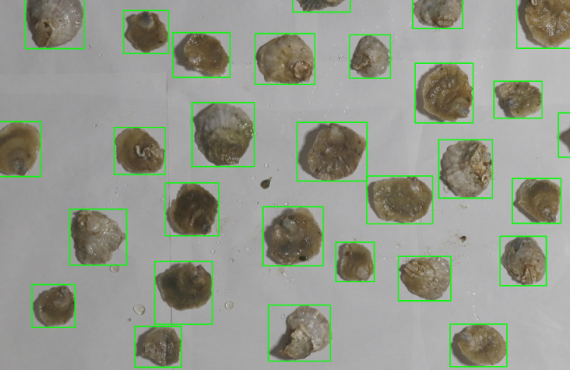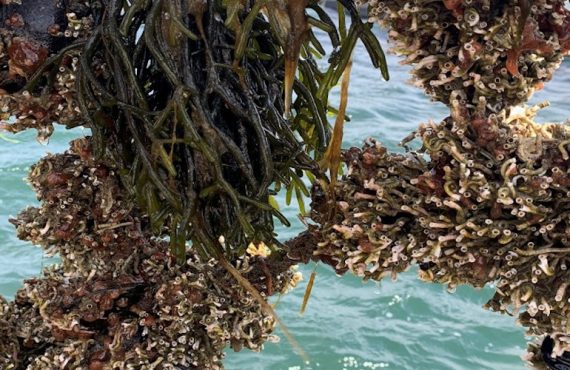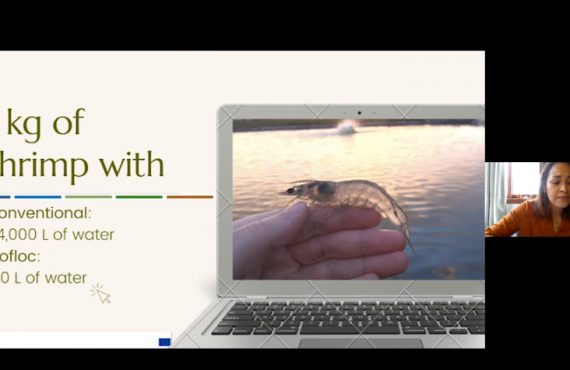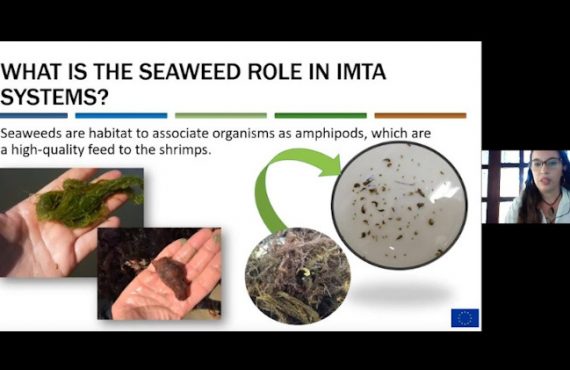EATiP, ASTRAL and AquaVitae organized a side event in order to show what their collaboration might bring How can trans-Atlantic research collaboration help develop a more sustainable aquaculture industry? With this question in mind, AquaVitae, ASTRAL and EATiP organized a popular webinar which took place on the 3rd of June 2021, as a
Oyster clasification by image analysis. Photos by Åsa Strand, IVL. By Jens Wilhelmsson, engineer at IVL. One of the most valuable bivalve molluscs in Sweden is the flat oyster, Ostrea edulis. However, domestic production of oysters fails to meet the demand on the local market at the same
Screenshot with Elisa Ravagnan – ASTRAL, Philip James – AquaVitae and David Bassett – EATiP. What are the challenges and opportunities in trans-Atlantic research collaboration and the development of a sustainable Atlantic aquaculture industry? More than 100 participants from Europe, Africa, South and North America join online to discuss the challenges and opportunities on aquaculture
A novel IMTA feed pellet for abalone. Photos by Emmanuel A. Falade and Marifeed. By Emmanuel A. Falade, PhD student at Rhodes University Abalone (Haliotis midae) aquaculture is South Africa’s largest aquaculture sector and an important socio-economic contributor in several coastal areas. The country now ranks as the
Blue mussels at Bohus Havsbruk covered by fouling. Photos by Kristina Svedberg. By Kristina Svedberg, marine biologist at Swedish aquaculture company Bohus Havsbruk In Sweden, aquaculture is mainly situated on the west coast, due to the inflow of high salinity water from the North Sea and the
Shrimp water demands in a conventional versus a biofloc system. Slide by Esmeralda Chamorro. By Esmeralda Chamorro Legarda, postdoctoral student at the Federal University of Santa Catarina (UFSC). Shrimp cultivation in a traditional system needs a constant renewal of water to maintain the levels of compounds, which in
The Ocean Rainforest team. Photo by Ocean Rainforest. “The ocean is my business model and my designer partner, and it’s brutal”, Bren Smith, of Greenwave, a fisherman turned seaweed farmer, defined the challenge seaweed farmers experience when going offshore. AquaVitae’s case study on ‘Offshore macroalgae cultivation, led
Tanks for the culture of shrimp using biofloc technology at the Marine Shrimp Laboratory of the Federal University of Santa Catarina (UFSC), Florianópolis, Brazil. Photo by Mateus Aranha Martins By Mateus Aranha Martins, undergraduate student of Aquaculture Engineering at the Federal University of Santa Catarina (UFSC). In order to meet increasing demands
A figure showing the seaweed role in IMTA systems. Slide by Stefany Almeida Pereira, of UNESP. By Stefany Almeida Pereira, marine biologist at Universidade Estadual Paulista (Unesp). Designing a Ph.D. project is a challenge, especially when you aim to make a difference in society. I started my academic Ph.D. in innovation by












